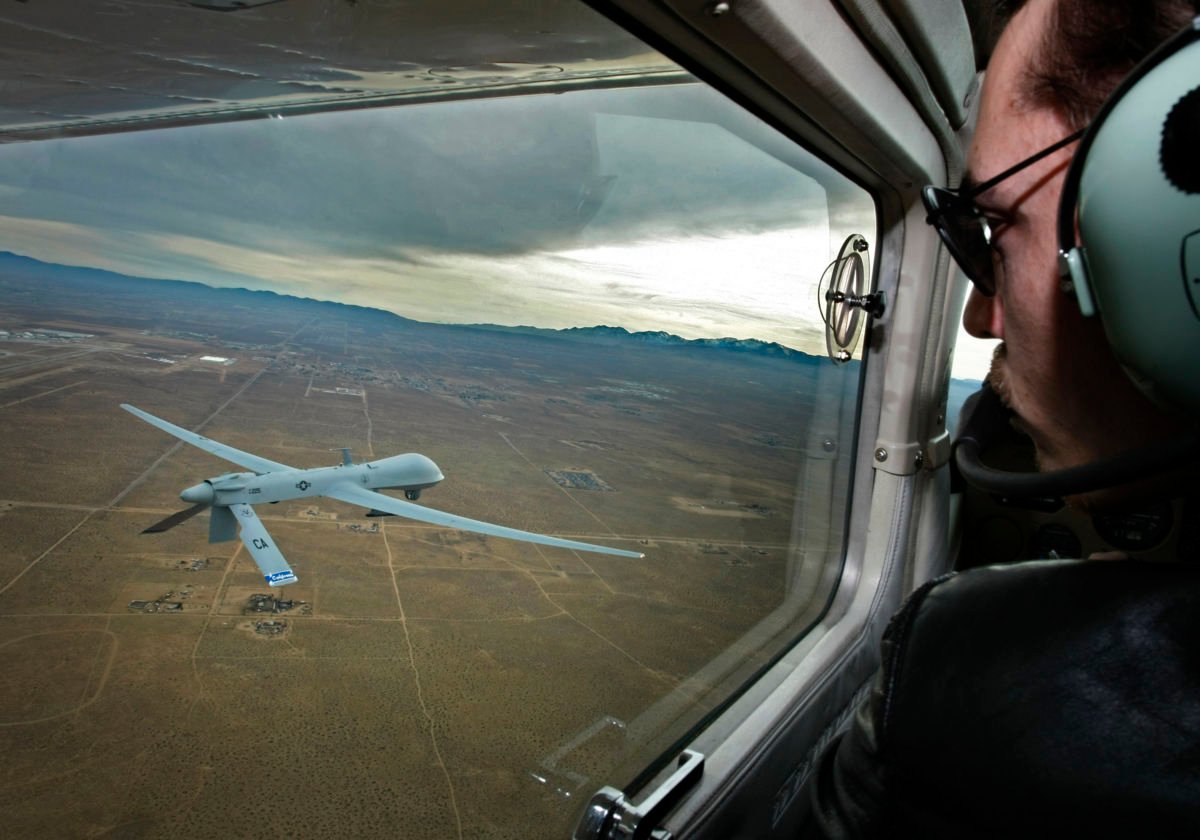Iran on Friday said President Donald Trump’s claim that the American Navy shot down an Iranian drone in the Strait of Hormuz is “delusional” and suggested the U.S. may have accidentally destroyed its own aircraft.
“We have not lost any drone in the Strait of Hormuz nor anywhere else,” Abbas Araghchi, Iran’s deputy foreign minister, tweeted Friday. “I am worried that USS Boxer has shot down their own [unmanned aircraft system] by mistake!”
We have not lost any drone in the Strait of Hormuz nor anywhere else. I am worried that USS Boxer has shot down their own UAS by mistake!
— Seyed Abbas Araghchi (@araghchi) July 19, 2019
Araghchi’s tweet comes just hours after Trump said in remarks at the White House that the U.S. Navy “immediately destroyed” an unmanned drone that flew within 1,000 yards of an American warship. CNN reported that the drone was downed with “electronic jamming.”
“This is the latest of many provocative and hostile actions by Iran against vessels operating in international waters,” Trump said, without presenting any evidence to support the accusation. “The United States reserves the right to defend our personnel, facilities, and interests, and calls upon all nations to condemn Iran’s attempts to disrupt freedom of navigation and global commerce.”
Iranian foreign minister Javad Zarif, who is in New York on a visit to the United Nations headquarters, told reporters, “We have no information about losing a drone.”
Brigadier General Abolfazl Shekarchi, a spokesman for the Iranian Armed Forces, said the U.S. president’s claim that the American Navy downed an Iranian drone is completely false.
“Unlike Trump’s delusional and groundless claim,” said Shekarchi, “all drones belonging to the Islamic Republic of Iran in the Persian Gulf and the Strait of Hormuz, including the one mentioned by the U.S. president, have returned to their bases safe and sound after carrying out their scheduled surveillance and control operations.”
Hossein Naghavi Hosseini, spokesman of the Iranian parliamentary committee on national security and foreign policy, said Trump’s claim is part of an effort by the U.S. to “create tensions and psychological warfare in the region and in Iran, and hide its failures.”
“Trump’s claim is not endorsed by anyone,” Hosseini added, “because it is not true.”
Trump delivered his remarks just hours after Iran said it seized a foreign vessel in the Persian Gulf that was smuggling Iranian fuel. The seizure of the ship came two weeks after British commandos detained an Iranian supertanker they said was carrying oil to Syria in violation of E.U. sanctions.
As Common Dreams reported at the time, Iran accused the U.K. of an act of “maritime piracy” and said British forces were acting on behalf of the Trump administration.
Last month, Iran downed an unmanned U.S. spy drone that it said violated Iranian airspace. The incident led Trump to approve airstrikes on Iranian targets before calling them off at the last minute.
In a statement following Trump’s claim on Thursday, Paul Kawika Martin, senior director for policy and political affairs at Peace Action, said White House policies are responsible for “the high tensions in the Strait of Hormuz.”
“Because of the Trump administration’s policy of maximum provocation towards Iran, America stands on the precipice of another blunderous war of choice in the Middle East,” said Martin. “We need conversations not a catastrophe.”
Join us in defending the truth before it’s too late
The future of independent journalism is uncertain, and the consequences of losing it are too grave to ignore. To ensure Truthout remains safe, strong, and free, we need to raise $34,000 in the next 72 hours. Every dollar raised goes directly toward the costs of producing news you can trust.
Please give what you can — because by supporting us with a tax-deductible donation, you’re not just preserving a source of news, you’re helping to safeguard what’s left of our democracy.
